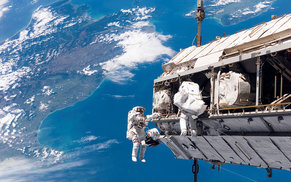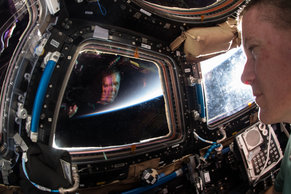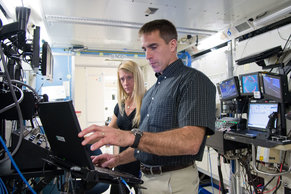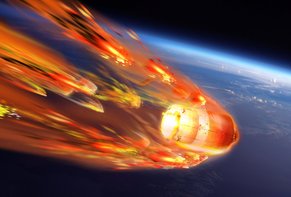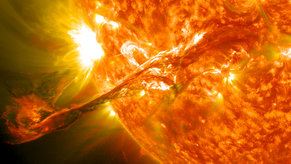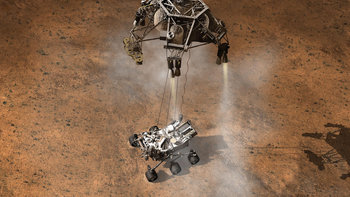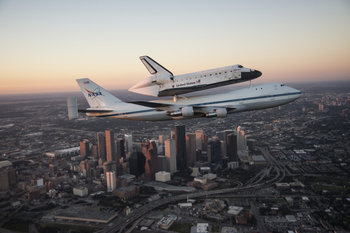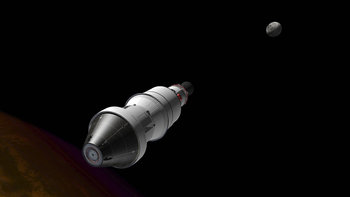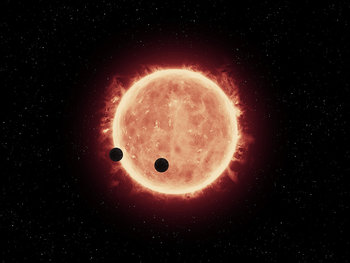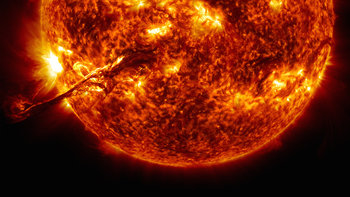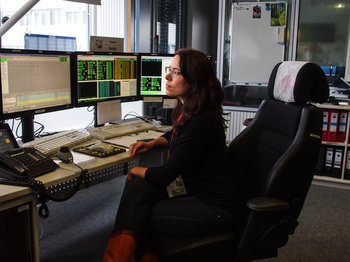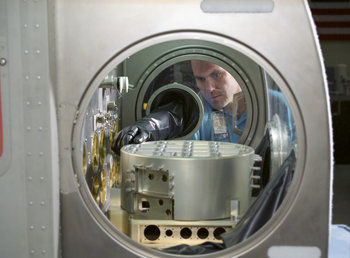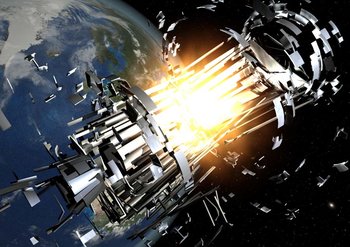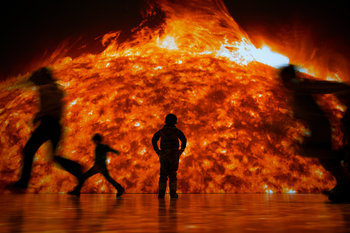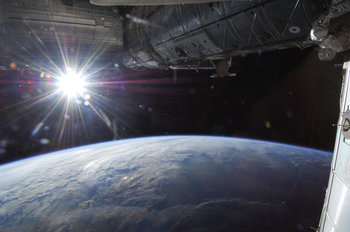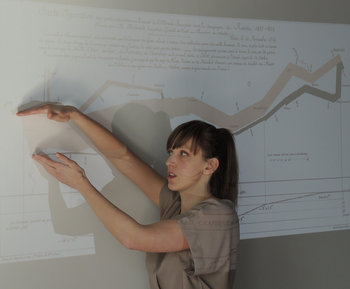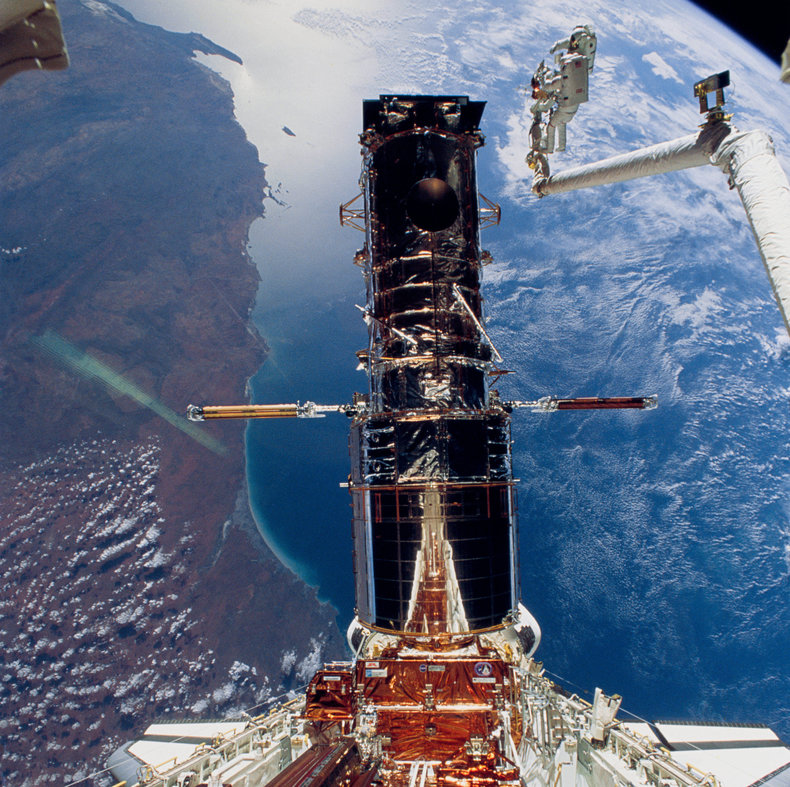
Galactocentric Orbit
An orbit around the center of a galaxy. The Sun orbits the galactic center of the Milky Way at about 828,000 km/h traveling 30,000 light years every 225 million years or so. This period of time is known as a galactic year.Heliocentric Orbit
An orbit around the Sun. All planets, comets, and asteroids in the Solar System are in a heliocentric orbit. The Earth's orbit around the Sun takes a sidereal year. This covers a distance of 940 million km each year a speed of 108,000 km/h or 67,000 mph.Geocentric Orbit
An orbit around the Earth. This includes the orbit of the Moon, space stations, several thousand satellites and a great deal of space junk. The Moon orbits the Earth every 27.323 days. This period of time is a sidereal month.Lunar Orbit
An orbit around the Earth's moon. Typically used to study the moon.Low Earth Orbit
An orbit around the Earth at 160 to 2000 kilometers, or 100 to 1,200 miles, above sea level. At 160 kilometers, this takes about 90 minutes at 28,800 km/h or 17,895 mph. Anything that tries to orbit below low earth orbit will experience rapid orbital decay and fall quickly back to Earth. Almost all human spaceflights took place in low earth orbit or below, with the current exceptions being the lunar flights that took place under the Apollo program. Most satellites are in low earth orbit to reduce communication latency and cost.Medium Earth Orbit
An orbit around the Earth at 2,000 to 35,786 kilometers above sea level. This range is used by satellites to achieve a longer orbital period with 20,200 kilometers taking 12 hours. This is useful for navigation purposes and is the location of Global Positioning System satellites.Geosynchronous Orbit
An orbit at 35,786 kilometers that takes a sidereal day of 23 hours, 56 minutes, and 4 seconds to repeat. Satellites on a geosynchronous orbit are over the same spot on Earth at the same time each day.Geostationary Orbit
A geosynchronous orbit aligned with the equatorial plane such that it is always over the same spot on Earth. This is useful when a satellite is servicing one region such as a weather satellite used by the weather service of one nation.Tundra Orbit
A type of highly elliptical geosynchronous orbit meaning that the shape of the orbit is a long ellipse as opposed to a circular looking ellipse. This is used to keep a satellite over the same region at all times and has been used for applications such as satellite radio.High Earth Orbit
An orbit above 35,786 kilometers meaning that it takes more than a day for one pass. Occasionally used for special purposes such as astronomy.Polar Orbit
An orbit that passes close to the North Pole and South Pole. Due to the rotation of the Earth, this type of orbit puts you over a different region on each pass. At low earth orbit, this is useful for quickly covering the surface of the Earth and is used for reconnaissance satellites, earth observation and weather satellites.Sun-synchronous Orbit
A special type of near polar orbit designed to pass the same spot on Earth at the same time of day in solar time. This allows you to always pass the same spot when it has the same level of sunlight.Graveyard Orbit
The practice of boosting satellites out of their operational orbit at the end of their life. This is done to minimize to mitigate the risks of space junk by moving satellites to an orbit that isn't commonly used by operational satellites. For a geosynchronous orbit, this is usually a few hundred kilometers above the operational orbit.Decaying Orbit
An orbit that is declining with each pass due to factors such as atmospheric resistance. Used to return satellites to Earth so that they don't become space junk.Frozen Orbit
An orbit designed to have a minimum of perturbing forces that cause orbital decay such as atmosphere, solar radiation pressure and the gravitational attraction of the Sun. Such an orbit can last for a long period of time without the use of energy to maintain it.| Overview: Orbit | ||
Type | ||
Definition | The path of one object around another in space. | |
Related Concepts | ||

